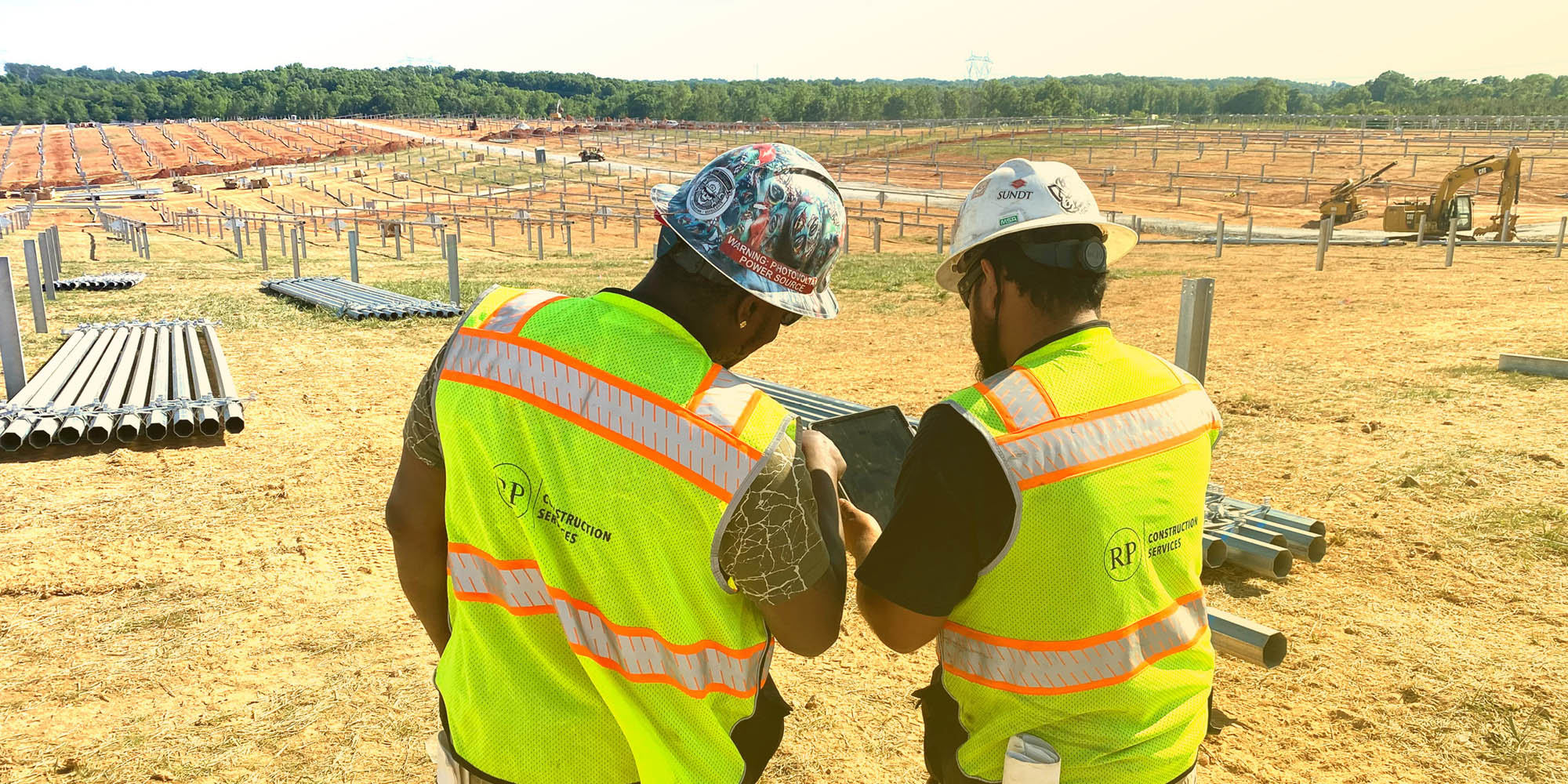
Parallels to Utility-Scale Solar
“The problem was that the risk premium was not being adequately assessed,” said Brad Forth, Executive Chairman of the Board for solar tracking manufacturer Array Technologies, Inc. and a longtime energy industry investor. “I see strong parallels to what is happening in utility-scale solar today. While prominent components such as panels and inverters are generally now being properly scrutinized by the market, the significance of different tracker architectures and electrical balance of system components is often not understood.”
Developers and EPCs now face intense pressure to create sites with low upfront costs. When developers seek financing, they put together a menu of equipment to present to lenders and insurers. While some investors are doing the in-depth analysis required to fully grasp the long-term risks and costs of choosing particular components, many others rely on the reports of independent engineering firms.
During the housing crisis, the rating agencies were under pressure to assign favorable credit ratings to mortgage portfolios. If issuers couldn’t obtain a high rating from one agency, they could simply go down the street to another and get a better one. In solar, independent engineering firms have little incentive to delve deeply into the adequacy and durability of components, including, for example, trackers. Those that do take a rigorous approach risk losing business. “It’s hard to do a deep analysis given the limited budgets, plus if they do a thorough job and don’t get to the desired answer, or they prescribe a more expensive maintenance protocol, they likely won’t get the business,” Forth explains. In other words, too many of the financial models used to determine project financing costs and insurance rates don’t take into account the sort of parameters that determine long-term performance.
Considering Long-Term Implications
Such details were outlined in the recent test report, Risk and Economic Analysis on Two Tracker Architectures, conducted by independent research laboratory, TÜV Rheinland. The report closely examined the reliability, performance and long-term operations and maintenance (O&M) costs of two popular tracker architectures. The difference between the two architectures is vast. For example, the researchers found that trackers using a single motor linked to multiple tracker rows by a rotating driveline as marketed by Array Technologies, Inc. had massively lower O&M costs than trackers where each row operates as a self-contained unit. Those lower O&M costs translate into $6.4 million over 30 years for a 100-megawatt facility. Other findings showed that Array’s tracker architecture loses 39 percent less energy due to component failures compared to the alternative architecture and has a 6.7 percent lower levelized cost of energy (LCOE) and a nearly 4.6 percent higher net present value (NPV).
Given the current industry dynamics, many financial models make no distinction between architectures that are proven to require little or no long-term maintenance and those that require continuous maintenance, or are prone to failure. This lack of rigorous analysis about the risks and costs posed by utilizing particular components – especially electrical and structural balance of system (BOS) equipment – is a genuine threat to the growth and health of the industry.
“These are supposed to be 20 to 30 year assets,” said Forth. “For the first few years, you often have O&M (operations and maintenance) wraps on these projects, so it’s not immediately obvious what is going on. But when those expire, these projects are likely to produce very disappointing cash flows, akin to what happened during the subprime crisis when people didn’t pay their mortgages.”
Remedying the Problem
Remedying the underwriting problem wouldn’t require much work. “From a financial modeling perspective, it’s an afternoon of work for a smart analyst. What’s missing are the appropriate inputs related to downtime, and the O&M costs required to maintain the structures and electrical BOS,” said Forth. “Upfront cost is very important, but in many cases, lifetime costs are being vastly underestimated. As a result, some projects are certain to produce devastating financial performance over the long term.”
The good news is that some developers, EPCs, lenders, insurers and owners are starting to insist on an accurate picture of the lifetime costs and risks associated with solar projects. The only question is how long it will take before this paradigm shift becomes the norm. To Forth, the sooner the transition happens, the better. “Is this something where momentum and consensus starts to shift quickly or does it take more field experience and the expiration of O&M wraps?” he said. “The sooner this happens, the better it will be for the entire industry.”
To learn more about the long-term differences in performance and maintenance of varying tracker architectures, download TÜV’s report, Risk and Economic Analysis on Two Tracker Architectures.



